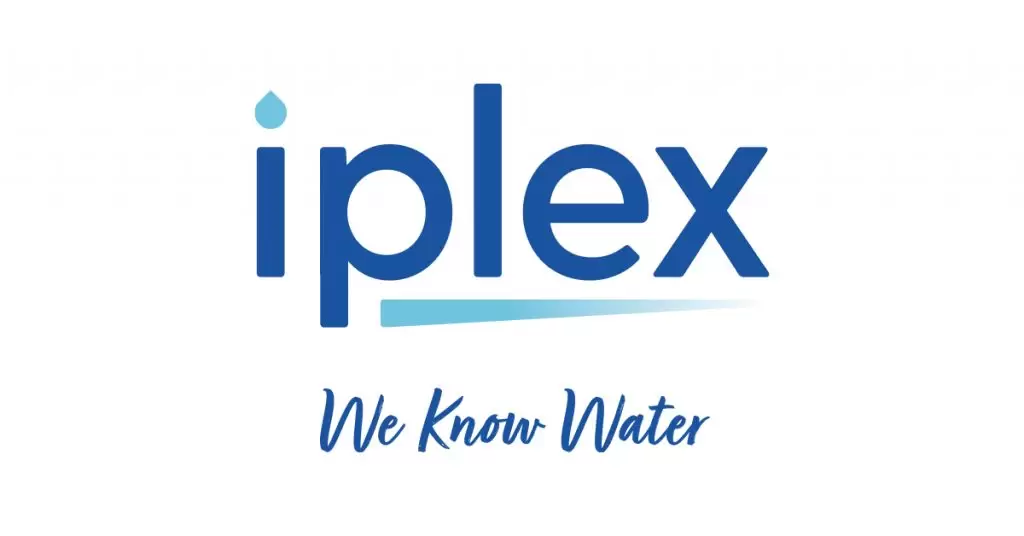The EZIpit maintenance structures streamline laying and maintaining sewer pipe systems.
When NL Drainage, contractors in northern Victoria, installed sewer infrastructure in the past, they’d often have to stop digging and laying sewer pipes after lunch so that there would be enough time to pour concrete to form the maintenance pits.
That process, with its open holes, heavy equipment and materials, introduced safety issues that required careful management. It also resulted in waste material and leftover components that had to be disposed of, rather than being re-used on the next structure.
Fast forward a few years and things are very different.
“Now, we can keep laying pipe until three o’clock in the afternoon,” says Brad Wereszczuk, Managing Director of NL Drainage. “We can be so much more productive doing what we’re being paid to do.”
The change came after the introduction of the EZIpit range of sewer maintenance structures, which allows for both non-entry pits as well as a one-person entry maintenance hole, that can be used in place of concrete maintenance structures of the equivalent size.
They’re made from ribbed polypropylene, which is relatively light and flexible but maintains its structural integrity in concert with the soil structure around it.
“Concrete has traditionally been the material of choice,” says Don Tasevski, Senior Sales Engineer for Iplex, the company that produces EZIpit. “But products made from polypropylene are resistant to sewage gas attack. They won’t corrode like concrete can. They’re not affected by acid sulphate soils, as standard concrete could be. And they’ll last over 100 years.”
An engineer’s perspective
Tom Kerrins MIEAust, an engineer at Chris Smith & Associates, had some doubts when he first heard about EZIpit structures.
“I wondered how the pipes didn’t crimp in the middle,” he says. “Then I saw all of the testing and evidence that had been gathered to have these products approved. After that, it was just a matter of convincing our local water authority.”
Kerrins says he had used concrete “forever”.
“But as soon as you use EZIpit once, you recognise the numerous benefits. That includes the dramatically reduced installation time, the savings offered by the lower weight of the product, no longer needing the excavator to carry around the materials, and the safety aspect of not having an open hole for such a long time.”
That isn’t to say there weren’t a few challenges that had to be overcome.
“First, it took a willingness for us as designers to specify these products in our designs. Then, it was about getting contractors on board who were comfortable with installing EZIpit,” he says.
Eventually buy-in was secured from all stakeholders, says Kerrins.
“Water authorities received several benefits, including savings on the cost of installation and improving the safety of the installation process. Now everybody wants to work with Ezipit.”
EZIpit structures remove an increasingly difficult part of the process, says Wereszczuk. Namely, the reliance on concrete companies to deliver what’s required.
“We’re finding materials in Victoria right now are starting to dry up, including concrete aggregate,” says Wereszczuk. “This product can take some strain off of the materials market.”
One limitation with EZIpit structures right now is that certain water authorities only allow the use of non-concrete solutions to a depth of six metres.
“It’s just about depth and not ground types,” says Tasevski. “Installation requirements are fine with any soil type, so long as you can compact the soil around the structure to achieve stiffness in your embedment zone.”
The solution is attracting attention for uses outside of sewerage too.
“The sewerage system is the primary application for these systems,” says Tasevski. “But you could also use them for scour pits, air valve pits and comms pits. Wherever you’ve got a vertical structure that’s conveying either a fluid or electricity cables, you could consider them.”
Find out more about EZIpit here.
